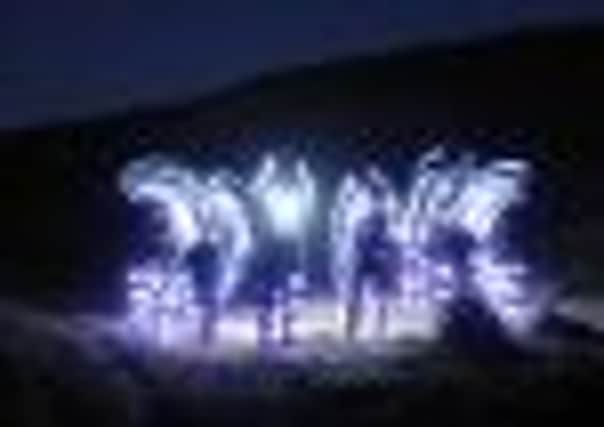LED there be light: 50 years of the light-emitting diode


Holonyak holds over 41 patents, including the red-light semiconductor laser as used in CD, DVD and mobile phones, earning him the unofficial title, “the father of the light-emitting diode”. In the February 1963 issue of Reader’s Digest, Holonyak predicted that his LED would replace the incandescent light bulb of Thomas Edison.
It has taken fifty years for his prediction to come true; production has increased, as has the quality and effectiveness of the LED light. Commercially, LED has now become an economic and ecologically effective replacement for the incandescent bulb.
Advertisement
Hide AdAdvertisement
Hide AdHowever, Derek Boyd of NMI (the UK electronic trade organisation) points out that the technology was originally developed in Britain. “The LED is listed as an US invention but the phenomenon behind the LED, electroluminescence, was first demonstrated here in the UK,” he said. “And we have many firms working to advance LEDs, and not just for low-power lighting applications.’ A tuneable LED technology that could emit ultra violet radiation at frequencies could kill bacteria. This would give a low cost and low pollution way of creating clean drinking water here and in developing nations.
50 years on, and the future of LED is a bright one.
LED: What you might not know...
• Electroluminescence, light generated when electricity passes through a material, was first discovered in the UK by Captain Henry Joseph Round in 1907, whilst working at Marconi. He also helped invent SONAR.
• As a semiconductor technology it approximately follows Moore’s law, so gets twice as powerful and costs half as much every 18 months to two years.
• LED is exceptionally efficient because it is the electricity itself that causes the light, rather than it heating a substance.
• In September 2012, a ban on the production and import of standard incandescent bulbs came into force across the European Union which should boost the use of energy efficient lighting alternatives, such as LED lamps.
• Currently, lighting accounts for 19 per cent of global electricity production. A full switch to LED lighting could reduce energy consumption for lighting by 40 per cent worldwide and reduce running costs by approximately €130 billion, according to a report published by The Climate Group in June 2012.
• Gary Milner (Verbatim LED Lamp supplier) says: “Besides energy efficiency and reliability, LED lamps provide exceptional light quality and colour rendering. In terms of providing environmental sustainability; the LED is one of the most significant inventions from the past century.”
• A tuneable LED technology that could emit ultra violet radiation at frequencies could kill bacteria. This would give a low cost and low pollution way of creating clean drinking water here and in developing nations.
Advertisement
Hide AdAdvertisement
Hide Ad• In January 2009, it was reported that researchers at Cambridge University had developed an LED bulb that costs £2 and is 12 times as energy efficient as a tungsten bulb, and lasts for 100,000 hours.